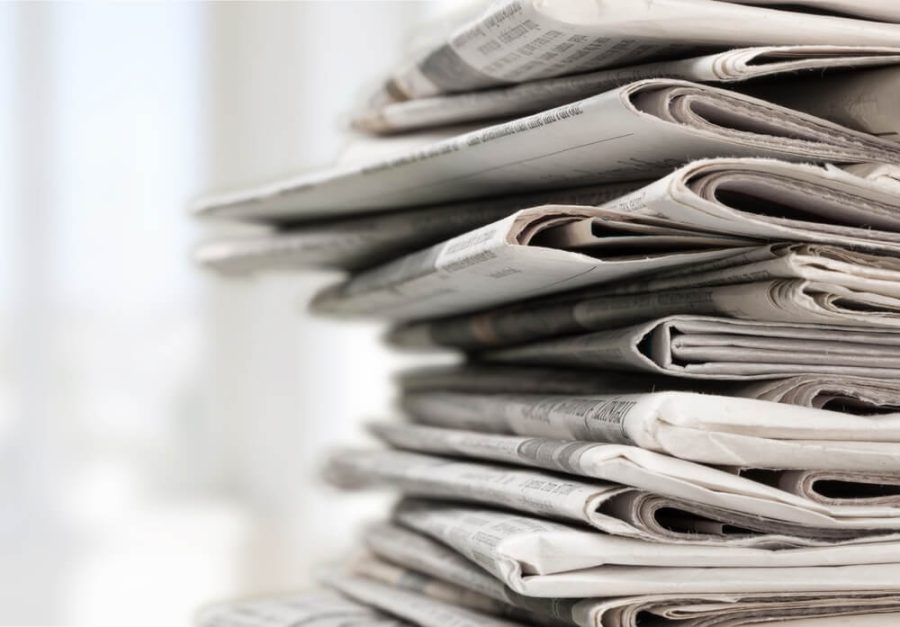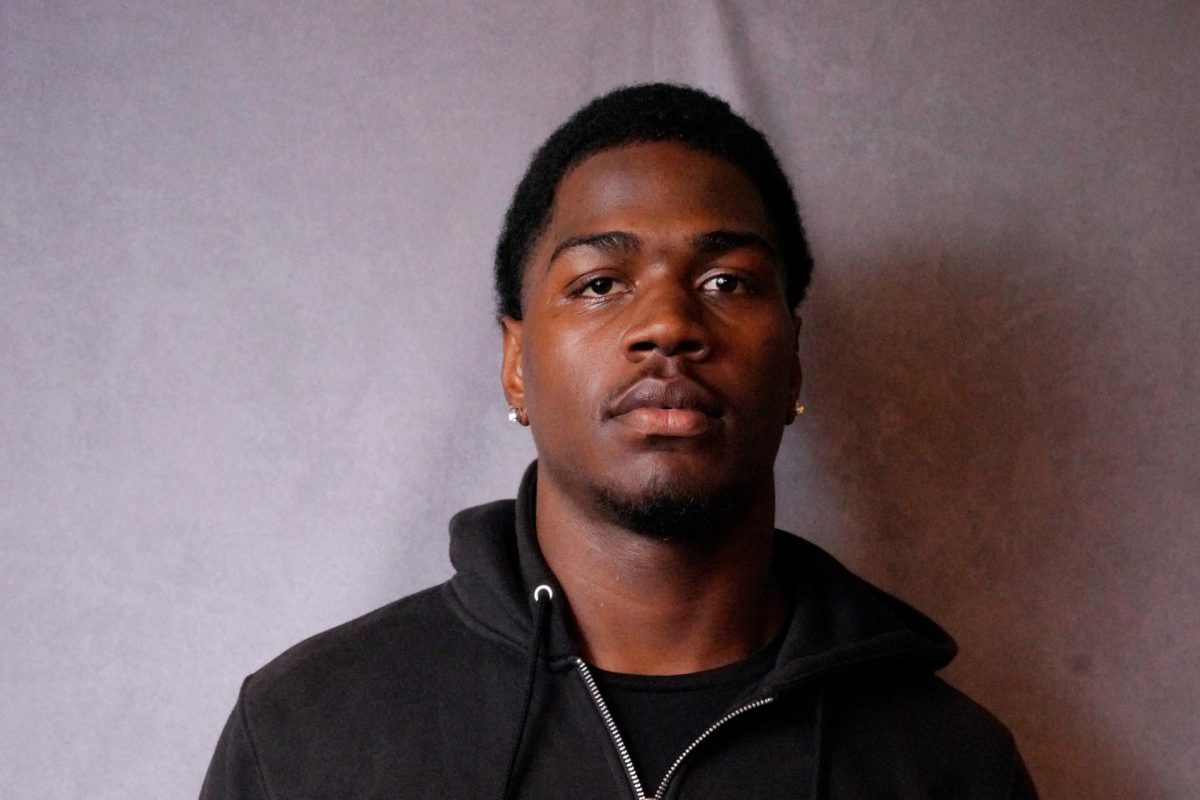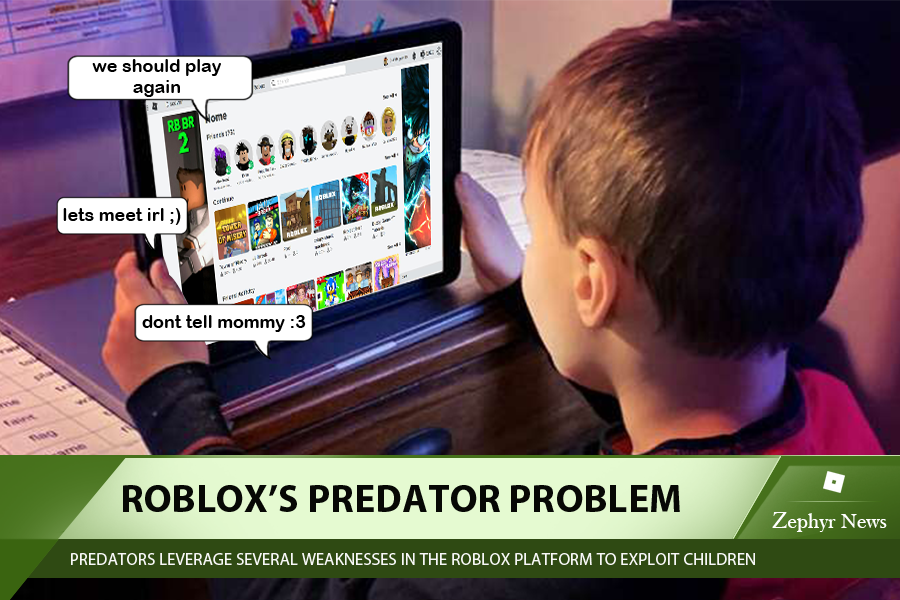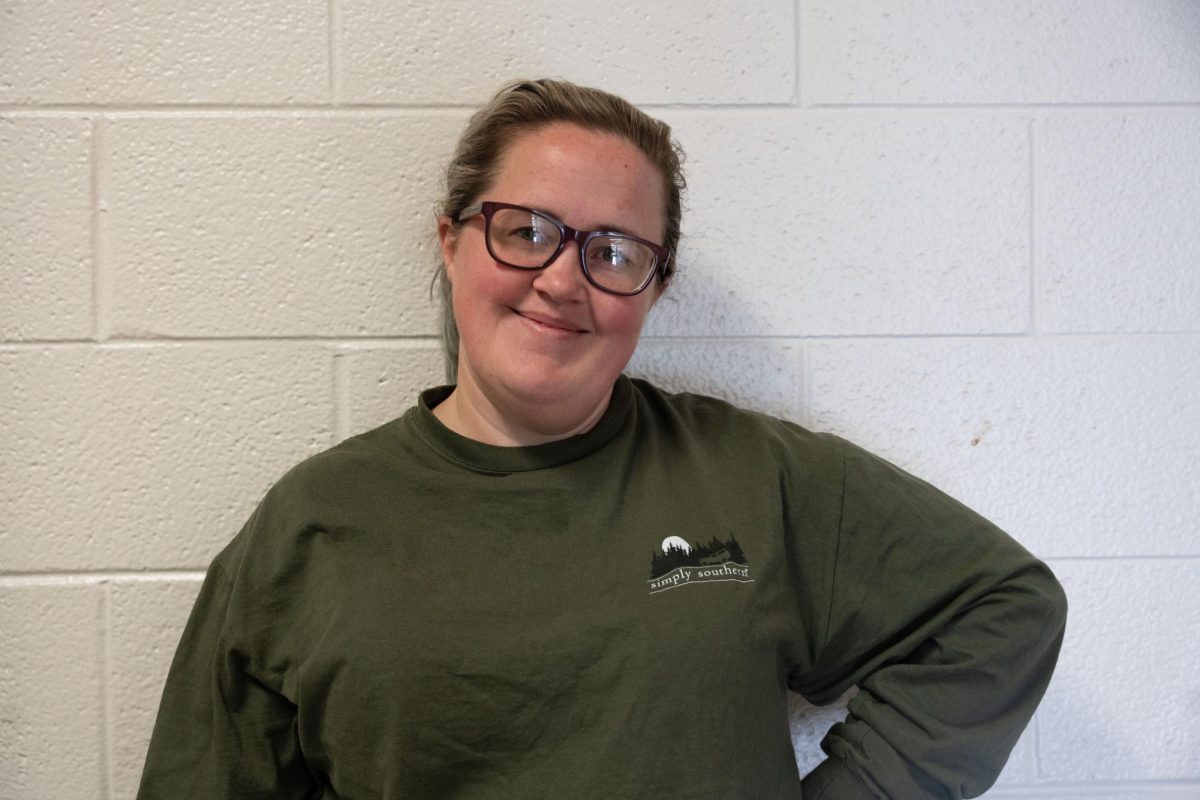Why reliable, trustworthy media is vital in today’s society
June 4, 2022
As a society, we have fallen out of love with the media. What was once an efficient, wonderful way to learn about current events has now become darkened with bias and ignorance. How many times have you heard someone say that they don’t believe the news? Whether it’s that they don’t trust the validity of the content or that the current situations in the world are just so unfathomable that the mind cannot comprehend the reality of it. Today’s culture as a whole tends to form an opinion based on what they see circulating on social media, on only a single source or, in some cases, people choose not to rely on a source at all, basing their beliefs solely on the ideas of those around them. Oftentimes this can lead to the spread of false information or misunderstanding. This has to change. Because of the tendency of the current media to be so heavily biased, the information that is being passed on to the vast majority of people is often only part of the whole story.
Ever since I was in elementary school, my mom has had the news turned on in the mornings so that we can watch during breakfast. But over the years, I’ve found myself wanting to actively tune out what is being said. Sometimes it’s because everything just seems so dismal and sometimes it’s because I’m not particularly interested in the topic. Looking back though, I find that a lot of the times I stopped paying attention because I wasn’t getting to see the whole picture. There was always something missing. Very rarely are both sides of a story, or even multiple points of view, shown within a single portrayal of an event, especially in a news broadcast. One of the first things I learned in high school was that one of the very basic ethics of journalism is balance. This begs the question as to whether or not the broadcasting companies believe in these ethics anymore.
It wasn’t until I got to high school, in my intro to journalism class, that I realized how much this lack of diverse representation within media stations affects the way that people think and view the world. The more I see ignorance becoming a widely accepted state, the more I begin to acknowledge that changes need to be made in our society and in our media.
We don’t trust the media, plain and simple. Or we trust a single source too much, which is also a problem. We also aren’t holding these sources responsible for the validity and balance of their broadcasts and stories. News stations are often caught up in more celebrity issues than the stories that could change the lives of thousands of people. Because so many of those stories aren’t told on a more widely accessible platform, there is an abundance of knowledge that has not dispersed, therefore we live in ignorance and don’t even know it. On the other hand, when we hear something in the news that is contrary to our beliefs, we polarize ourselves from that particular media outlet and in turn tend to stray away from some of the less biased reports.
Social, political, economic and health related issues are commonplace in the news cycle of the busy world of today. But most of the time, we don’t know about it all. While it’s impossible to know all of the world’s issues, each news broadcasting tends to focus more on one. If a person is only relying on a single source, or single type of source, a lot of information is missed. In a study conducted by the Media Insight project, only 80 percent of Americans interviewed believed that it was imperative that the facts presented in a report were true, according to the American Press Institute. Only 80 percent. Shouldn’t all of the so-called “facts” in the media be true? Why isn’t the validity of what is being broadcast of the utmost importance? America as a whole has lost sight of what is important for our ability to function properly and harmoniously. We worry about what happens outside our borders when we don’t even trust what’s inside of it. We, as Americans, have lost our ability to have faith in the media. Every good relationship is built on trust. Without that, what do we have?






